My driver, Minelli, is always getting lost. This morning he got stumped trying to get us out of Perugia. And he lives here. This is how you normally get out of Perugia: You precariously make your way down the hill going back and forth on a dozen switchbacks so narrow that if a large vehicle is coming uphill you either pull off to the side of the road or you die. Because there’s not room for both of you.
Once you get down the hill, you glide into this dark tunnel—like dropping into the hole in “Alice in Wonderland.” You don’t know what’s going to happen or where you’re going to end up but you have no choice. So you go. Before your eyes have even had time to adjust to the darkness, there are these tiny pale blue signs with arrows pointing every which way—Roma, Firenze, Assisi, Gubbio. You’ve got exactly two seconds to make your choice and scoot your way through another hole that is so narrow that if Hannibal came back this way (he kicked some serious Roman butt in this neighborhood back in 216 B.C.), his elephants wouldn’t make it.
And, mind you, everyone is flying about in here like excited bats in a cave—except Minelli. Because our exit, the road to Gubbio, is blocked and has a sign across it: Chiuso. So Minelli just stops his beautiful black Lexus in front of the closed exit, takes off his very nice limo driver hat, and scratches his bald head.
“Clos-ed,” he says.
I don’t like being in a stopped car in a tunnel. It makes me anxious. It gives me visions of rear-end collisions, exploding gas tanks, searing heat from flames.
“Minelli, vada, si?”
We’re on the move again. To Firenze. Which I’d love to visit, really, but, at the moment, Maura is waiting for me at the funicular in Gubbio, which is in the opposite direction. But, listen, Minelli is a professional. He can handle this. He calls his mother on his cell phone and politely asks her how to get to Gubbio. Two minutes later, we’ve doubled back, taken a different exit, and are now whizzing down a country road lined with celery fields and dense forests.
“Cinghiale,” Minelli says, pointing towards the wood with his hand which he pretends is a gun. His finger fires off a dozen rounds into the woods. “Hare es crazy boar.”
“You mean wild boar.”
“Yes, wild. Very nice. You like?”
“Very nice.”
Half an hour later, we’re in Gubbio. Once we get to the central plaza, Minelli stops the car in the middle of the road and utters his favorite English word: “Where?”
“Where what?”
“Where you go?”
“Funnicular.”
He shrugs. Like this isn’t his problem.
Minelli has no idea how to get to the funicular. Instead, he pulls up to a newsstand where two teenage boys are standing around reading the soccer scores and asks directions. One points left, the other points right. They argue. Minelli says something quickly in Italian that I assume is something along the lines of “Come on, I haven’t got all day, where the hell is it?”
So one of the boys climbs into the back seat of the Lexus and, putting one hand on Minelli’s shoulder and the other on mine, gives us directions. Go left, go straight, down this vicolo—oops, no, there’s construction and it’s closed; carefully back up. Let’s try this street. Deadend.
Minelli and the kid argue. I get out of the car. I can see the funicular cable towers maybe a block away. I try to interrupt the escalating argument to point this out to the boys, but they’re in their own little world at the moment and not the least interested in the Americano. So I grab my backpack and walk up the hill. Wondering when Minelli will notice he’s lost his client.
I’m sure Maura can give me a ride back to Perugia. But I’ll feel bad about it. Because, unless he calls his mother, Minelli will never find his way home without me.

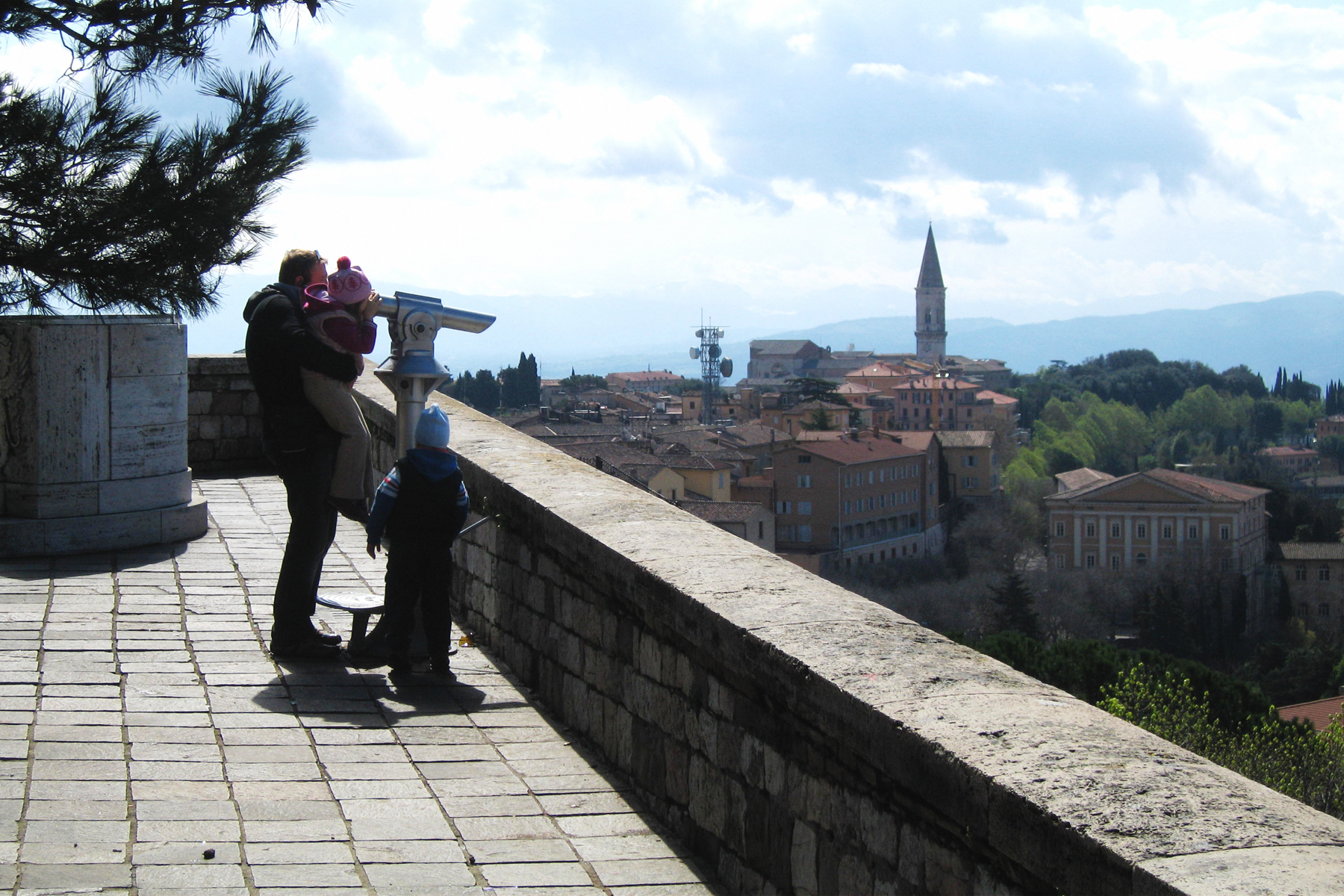
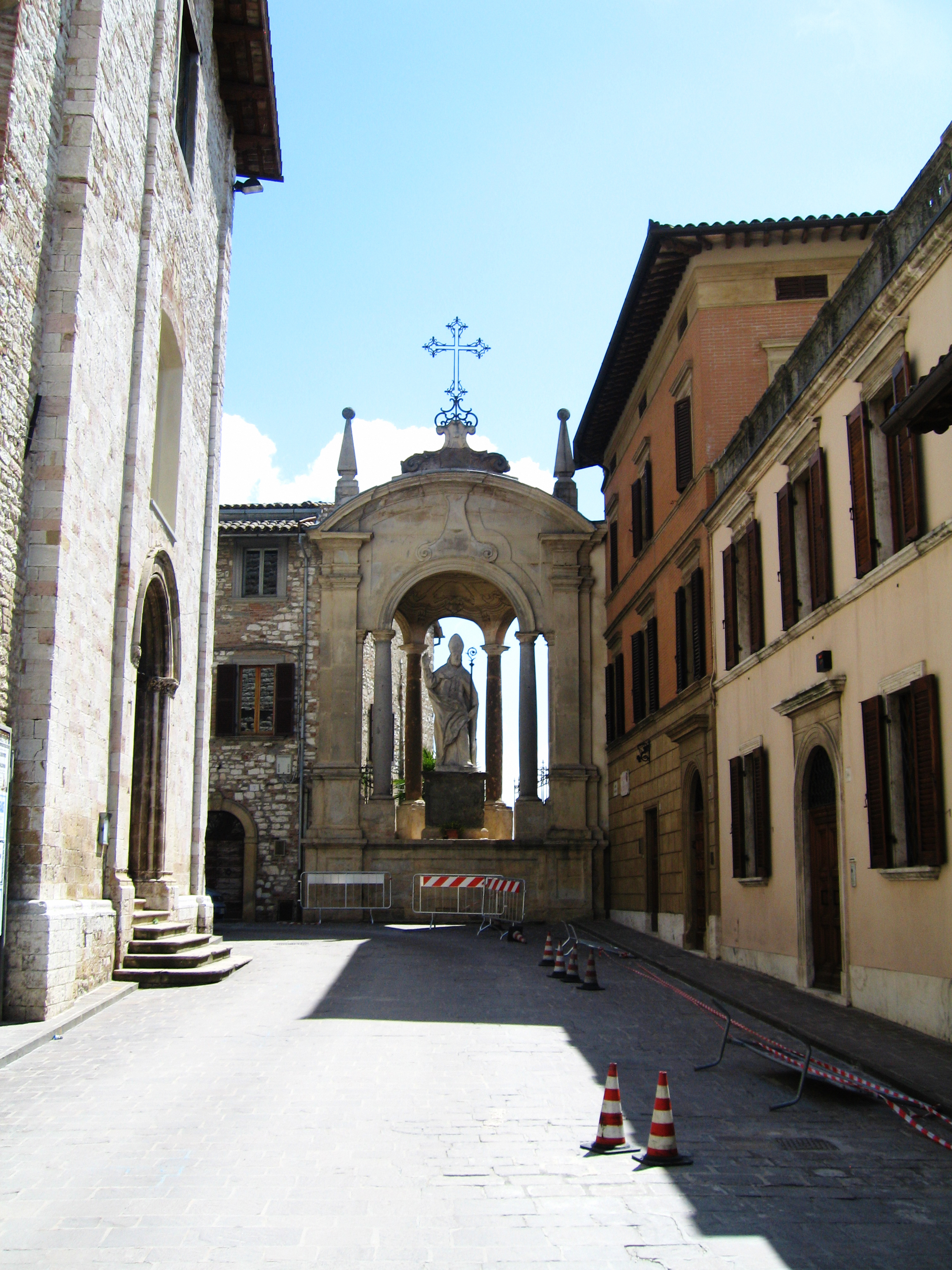
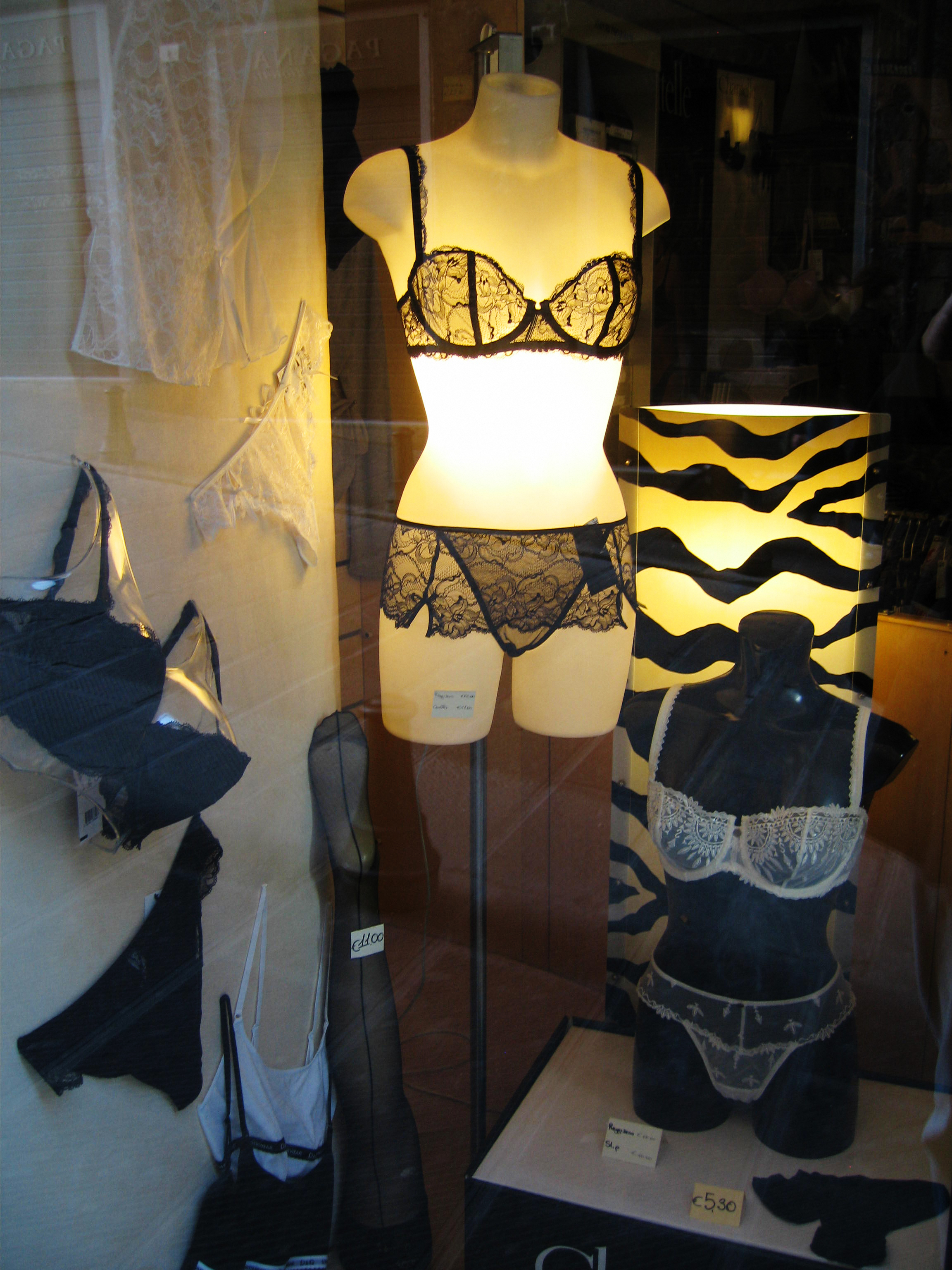
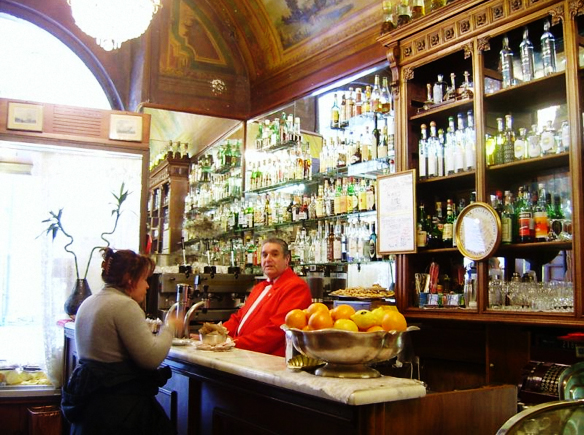
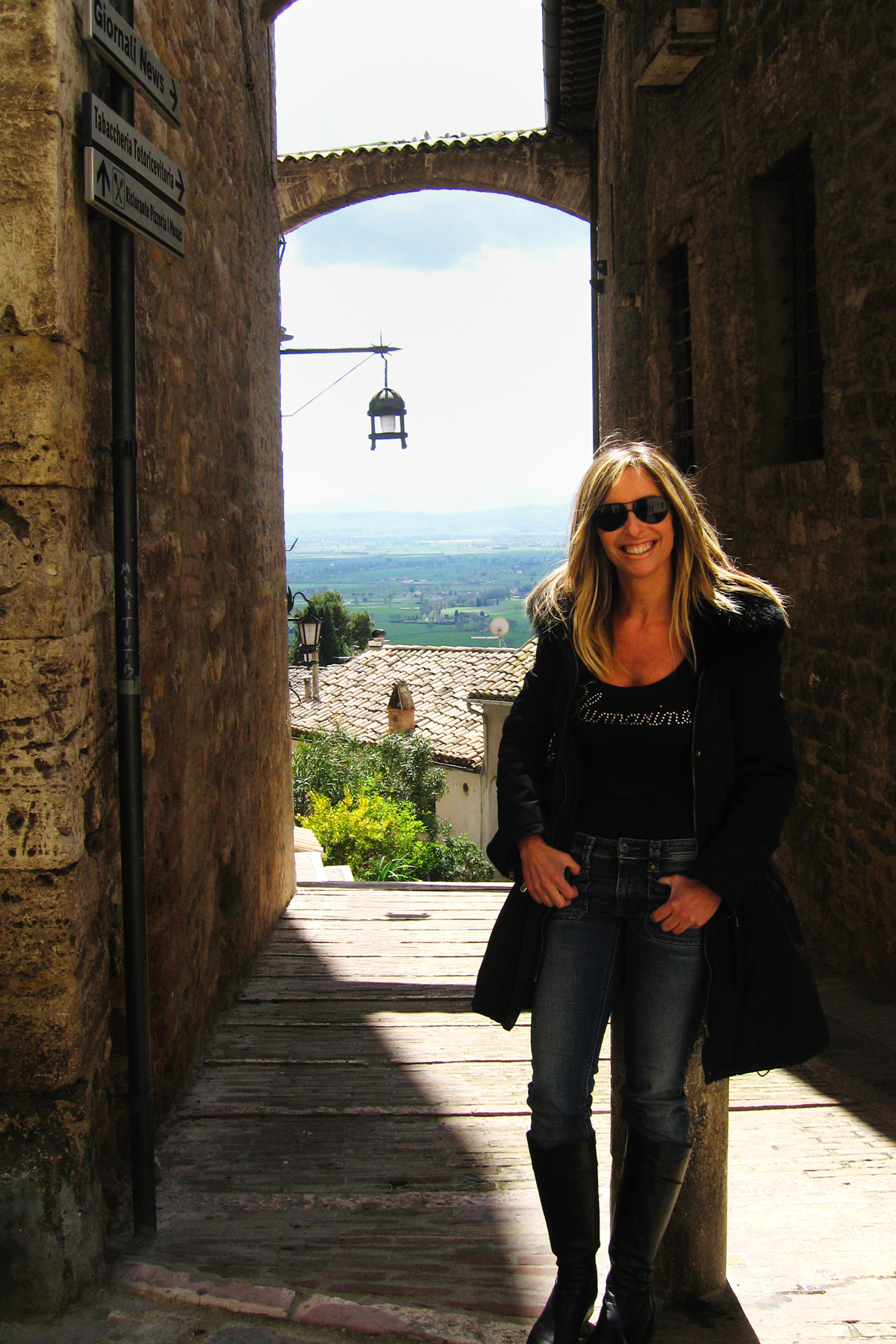
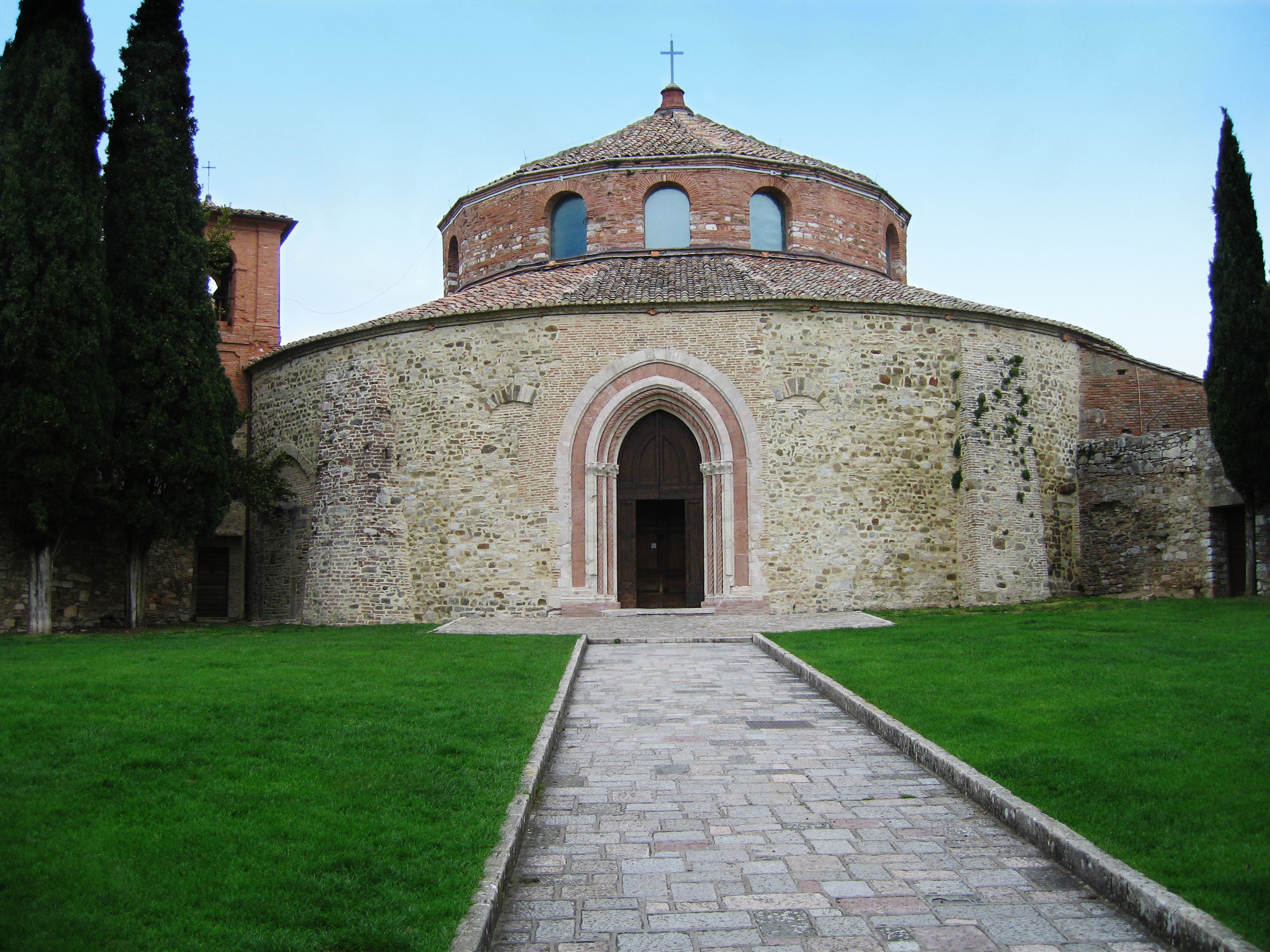
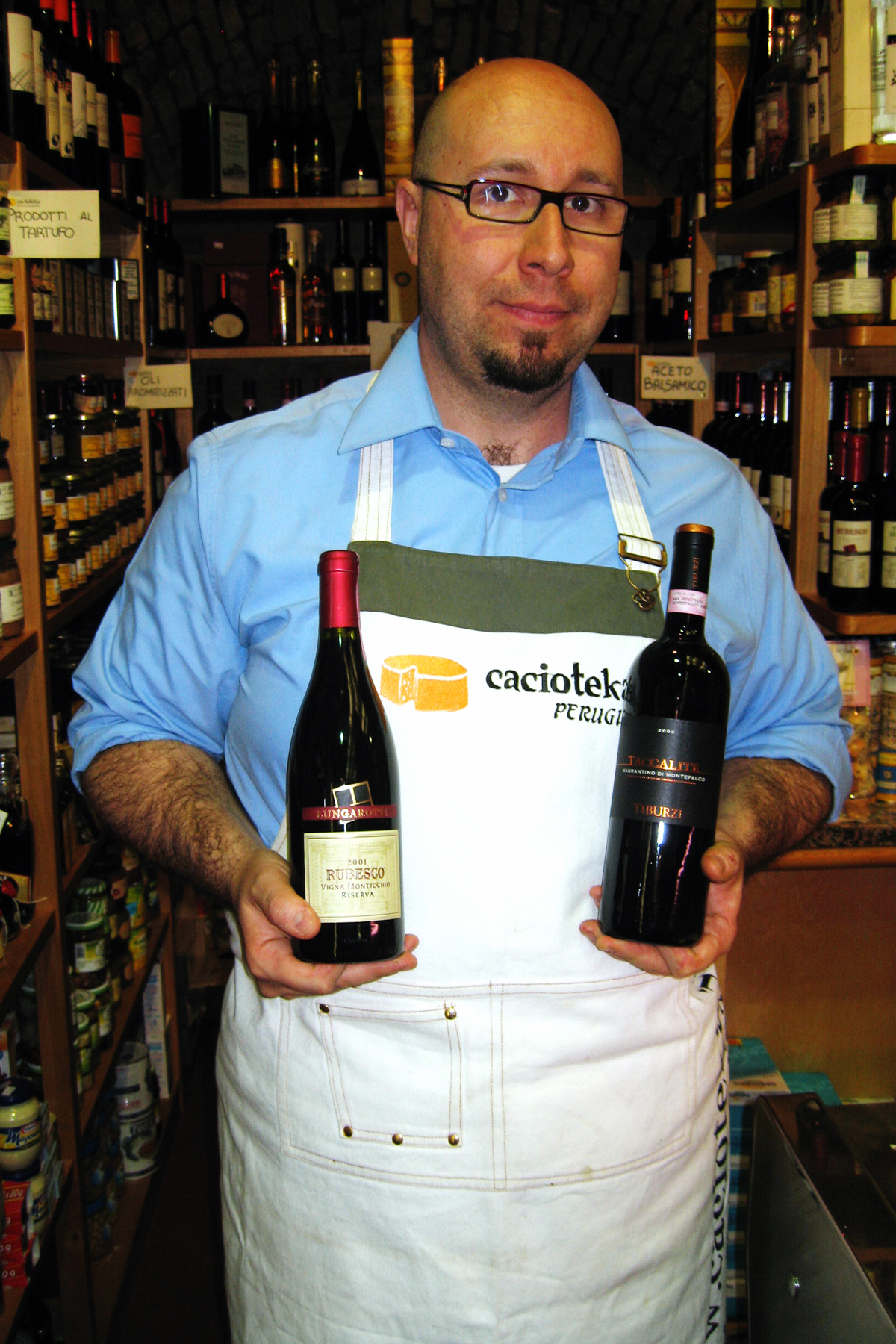
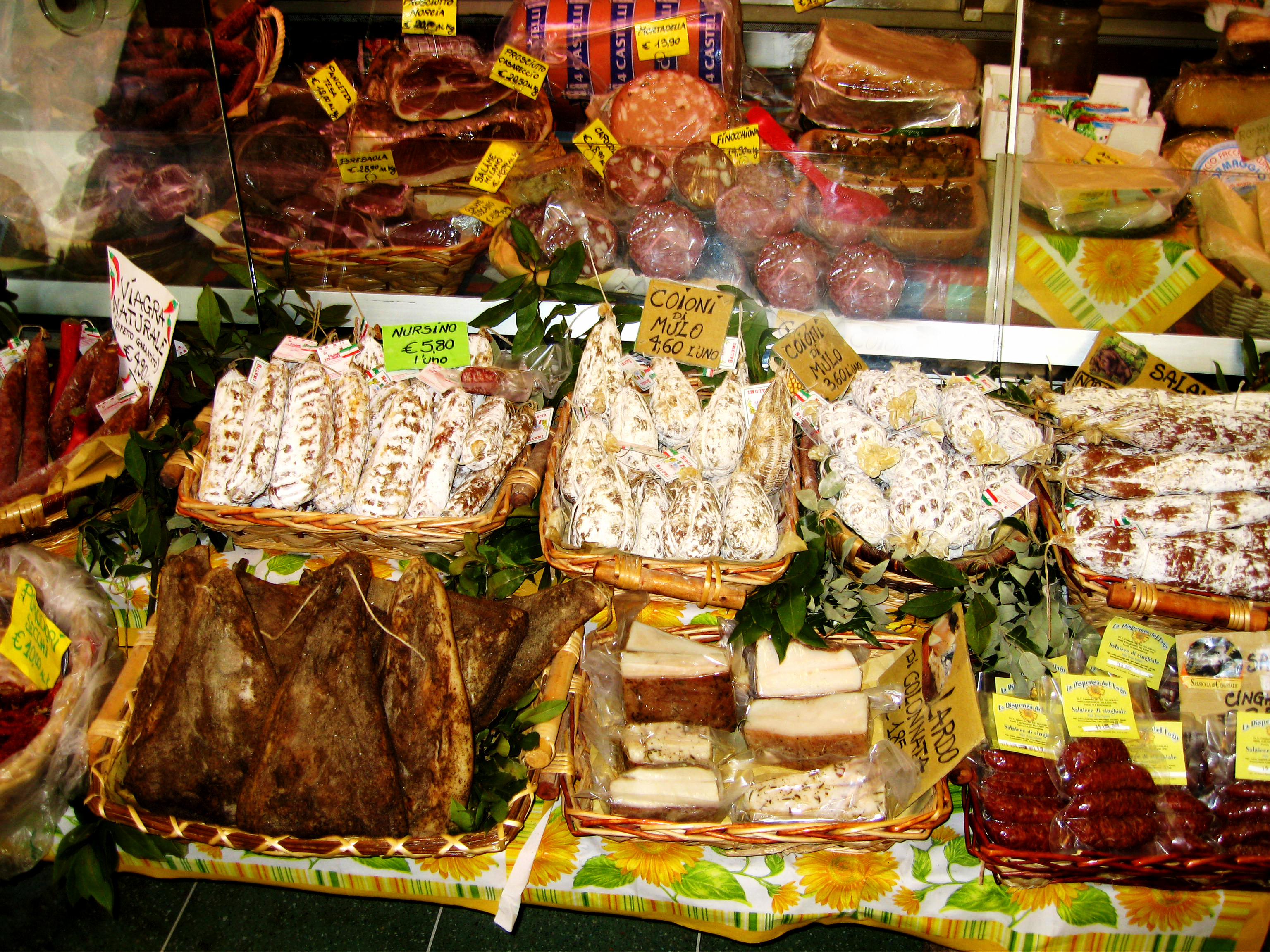
Recent Comments